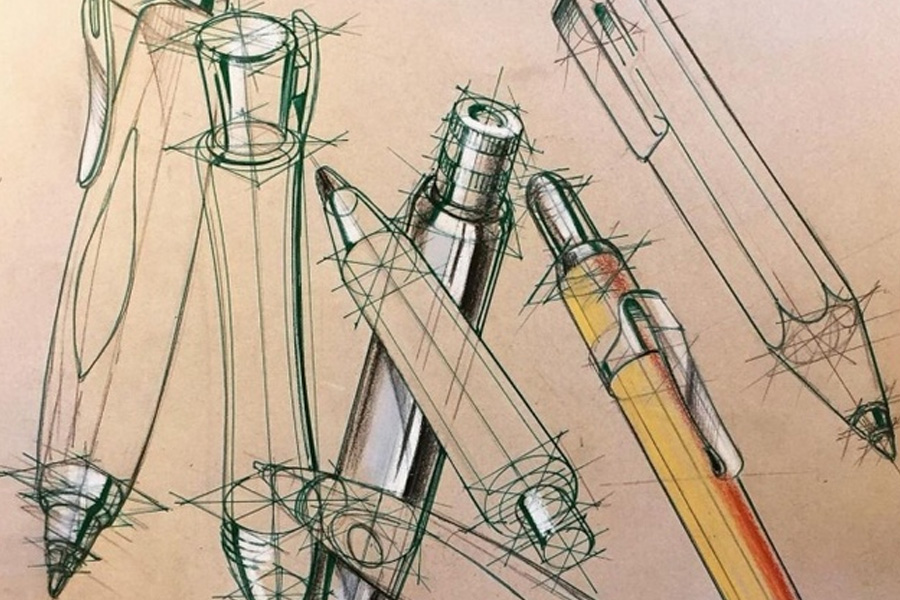Titanium bar and titanium wire are easy to react with O,H,N and other elements in the air and Si,AL,Mg and other elements in the embedding material at high temperature, forming a surface pollution layer on the surface of the casting, making its excellent physical and chemical properties worse, hardness increased, plasticity, elasticity decreased, and brittleness increased.

The density of titanium bar and titanium wire is small, so the inertia of titanium liquid is small, the fluidity of molten titanium is poor, resulting in low casting flow rate. The temperature difference between casting temperature and mold (300 degrees) is large, the cooling is fast, casting is carried out in a protective atmosphere, the surface and internal defects of titanium casting inevitably have pores and other defects, which have a great impact on the quality of casting.
Therefore, the surface of titanium titanium bar and wire processing compared with other titanium products is more important, due to the unique physical and chemical properties of titanium wire, such as small coefficient of thermal conductivity, surface hardness, and low modulus of elasticity, viscosity, low conductivity, easy oxidation, etc., the surface treatment of titanium has brought a lot of difficulty, the conventional surface treatment is very difficult to achieve the ideal effect. Special machining methods and operation methods must be used.
The surface modification of titanium rod and titanium wire mainly includes nitriding, anodic oxidation, atmospheric oxidation, etc.
1. Nitriding: using plasma nitriding, multi-arc ion plating, ion implantation, laser nitriding and other chemical heat treatment techniques, the surface of titanium denture to form a golden TIN coating, so as to improve the wear resistance, corrosion resistance and fatigue resistance of titanium. However, the surface modification of titanium denture is difficult to achieve clinical application due to its complex technology and expensive equipment.
2. Anodic oxidation: the anodic oxidation technology of titanium rod is relatively easy. In some oxidizing media, under the action of applied voltage, titanium anode can form a thick oxide film, thus improving its corrosion resistance, wear resistance and weather resistance. Anodized electrolyte is generally H2SO4 and aqueous solution of organic acid.
3. Atmospheric oxidation: titanium rods can form a thick and strong anhydrous oxidation film in the high temperature atmosphere, which is relatively simple for the overall corrosion and clearance corrosion of titanium.
Guest contributors are welcome at the Alloy Wiki.It is a weekly wiki and guide on alloy information and processing technology, while also about the vast array of opportunities that are present in manufacturing. Our team of writers consists of a Machining Material Supplier / Machinist / Tool and Die Maker, a Biomedical Engineer / Product Development Engineer, a Job Development Coordinator / Adjunct Professor, and a President and CEO of a manufacturing facility.
Link to this article:What are the surface modifications of titanium bar and titanium wire?
Reprint Statement: If there are no special instructions, all articles on this site are original. Please indicate the source for reprinting:Alloy Wiki,thanks!^^

